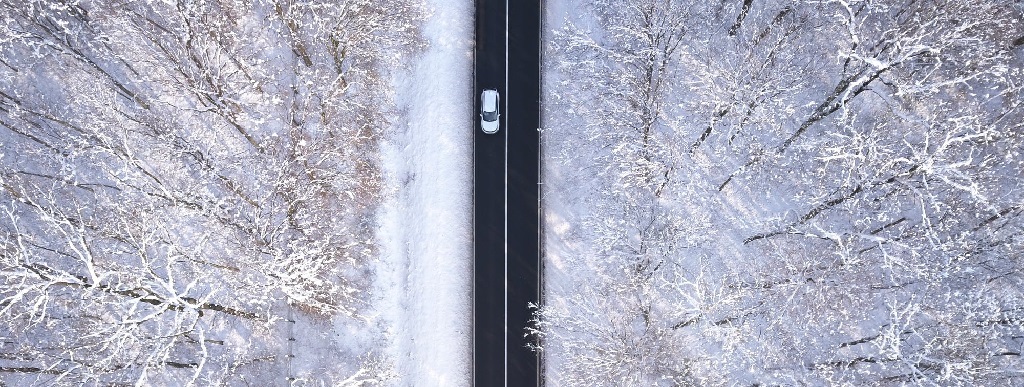
Winter can be quite testing for drivers and their vehicles. In some cases, the car door gets frozen shut, or you have issues with dead batteries, sometimes dampness/moisture develops inside, or windows should be thawed.
You can avoid most of these issues that arise during winter if you take a few preventive measures. While several service providers offer a total and master winter car check, you might want to do it without anyone else’s help. If that’s the case, here are a few tips.
Replace your tires: Winter tires help driving on winter streets a lot more secure. Their unique tread offers significantly more traction in snowy and frigid conditions than summer or all-season tires. Winter tires have further and more extensive grooves that hold on to the street.
Numerous individuals don’t know that winter tires, even on dry streets, offer excellent safety during the harsh weather. The reason being the rubber compound utilized in winter tires stay delicate even at a lower temperature. The milder the tire is, the better it adjusts to the street surface. Therefore, you get the ideal footing, which implies greater security.
You should be filling your antifreeze: Is there enough antifreeze in the motor coolant? Ensure there is. If it gets frozen, you may wind up harming your motor. Regularly experts at your dealership will be checking whether there’s sufficient antifreeze in the coolant during an examination. However, if you’ve put in more water, more antifreeze needs to be added. If you want to know whether there is enough antifreeze in your coolant supply, get the inspection done at your dealership or a gas station.
Also, have the windshield wiper fluid checked too. You might have severe problems with vision if the fluid freezes. Street salt that gets dried on your windshield can cause quite an obstruction to your view. This is the reason you should place enough antifreeze in your wiper liquid, so the hoses and spouts don’t get frozen. Antifreeze is already available in some winter wiper liquids.
Both inside and outside your windshield should be cleaned: If you still have streaks even after you’ve changed your wiper blades, use a glass cleaner to clean both inside and outside of your windshield (don’t clean the rubber blades). Several drivers also overlook that inside the windshield ought to be kept clean too. Residue, fingerprints, and tobacco smoke can leave a messy film that can disable your view outside, mainly when it’s dim and have intensified glare from lights. Dirty windshields additionally haze up quicker than those that are cleaner.
Shield your seals: A damaged seal lets dampness/moisture saturate your car. Frost is a strain for the seals on windows and doors because it can make them fragile. When you forcefully open a frozen car door, it can likewise leave little tears in the seals of the car door.
This is the reason why the rubber seals on your car should be checked before the arrival of winter. Using special rubber care liquid prevents freezing the door and window seals and expands its longevity. However, utilizing anything that consists of any household items, for example, Vaseline or any product containing Silicon, is not recommended.
Your headlights should be changed: As it gets darker quickly, it is very critical to see and be located by others clearly. Numerous vehicles have a warning signal when there are faulty headlights. Let your repairman fix any such issues immediately, so you aren’t penalized during a mishap.
Abide by these steps so that you can well-maintain your car and avoid any potential risks on the road during this winter.









